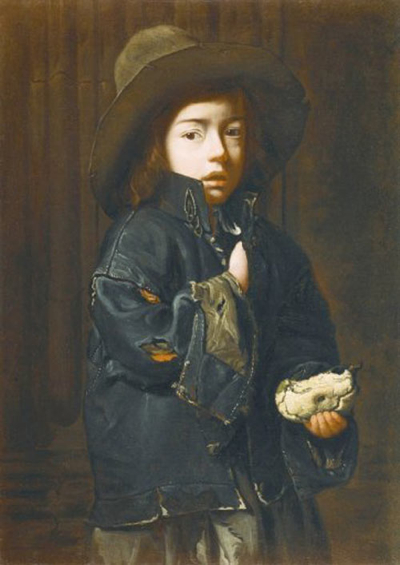
Jeans: From Genoa to Glamor
Denim has been used for making clothes for over 350 years but it has only been in the last 50 years that they have enjoyed widespread popularity. Blue jeans, as we know them today, were invented in 1871. Soon after, Jacob Davis and Levi Strauss would patent their rivet-reinforced work pants. It would be nearly 100 years before jeans found their way from workers’ wardrobes to pop culture and ubiquity. Today you can find people wearing blue jeans in nearly every country.

Part of the secret to their popularity lies in the particular way that denim is made. The indigo dye – whether synthetic or organic – is only applied to the warp threads of the twill weave. Further, the dye is only applied to the surface of the cotton threads, leaving an inner core of white cotton. As the jeans age and flex and stretch, some of that indigo dye is lost causing the blue of the jeans to fade. This fade is unique to each pair of jeans and is influenced by how they are worn and what we do in them, making each pair as individual as the wearer.
